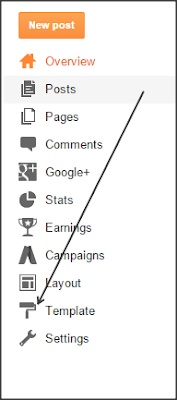Whether or not your business or entrepreneurial idea is strictly internet-based, it must keep up with the Information Age by having a cutting edge website. 10 Best SEO is dedicated to providing information and rankings of the 10 Best SEO Firms. We spend innumerable hours analyzing and comparing agencies from all over the world. Each of best SEO companies below are winners because they have shown unique talent within the industry. Ranking order is based on a wide range of qualitative and quantitative statistics, including the payment of variable monthly listing fees to be in our directory. Learn more about our ranking process.
#1 of 10 Leading SEO Agencies of 2015 - WebpageFX is an internet marketing company with headquarters in Harrisburg, Pennsylvania. The company also has offices in Philadelphia, Virginia, Atlanta, Texas, and New York. Known as one of the best search engine optimization agencies, WebpageFX also provides support with reputation management, content marketing, social media, website design, custom infographic design, business blogs, conversion design, content experiments, company targeting, website maintenance, website security analysis and magento web development. WebpageFX has worked with a variety of companies, including American Business Development Group, Access Lift, United States Fish and Wildlife Service, Fitness U, Delta Star, Triple Crown Corp, Intrepid Molding and Foley Cat.
http://webpagefx.com/
#2 of 10 Top Search Engine Optimization Firms of 2015 - Digital Current publishes functional websites that run on fluid HTML code and other essential scripts like PHP. This agency actually emphasizes the role of coding and scripting in search engine optimization. Google is very strict when it comes to rating websites based on their back end architecture. Therefore, Digital Current strives to deploy only the latest syntax of codes and scripts onto websites. Debugging is another important procedure that can be helpful with SEO. For example, this process eliminates broken HTML tags that often lead to displays of errors on Web browsers. Google punishes such websites that have simple glitches based on poor coding.
http://www.digitalcurrent.com/getting-seo-results/
#3 of 10 Best Online Marketing Businesses of 2015 - Introduction Search engine optimization is one of the most important aspects of marketing in the world today. There are many companies that have been able to grow quickly because they have a solid search engine optimization strategy. However, there are many business owners that simply do not understand how this can benefit their company. Boostability is a search engine optimization company that specializes in helping companies boost their search engine rank. This can be accomplished a variety of different ways. One of the most valuable services they provide is to change the company's website to be more search engine friendly.
http://www.boostability.com/free-consultation/10best
#4 of 10 Leading Search Engine Optimization Businesses of 2015 - With offices in New York City, as well as Branchburg, New Jersey, SocialFix provides a compact range of digital marketing solutions to companies. Its areas of expertise include web development, video production, social media account management, search engine optimization (SEO), website design, and strategy and branding. SocialFix focuses on the real estate, neutraceutical, financial, food and beverage, consumer, and retail industries. SocialFix's clients have included Circle F Capital, Chill Shot, Alta Associates, NYC Network Group, Butterfass Pepe Group, and Belle on Fifth. The company is certified by the Women's Business Enterprise National Council (WBENC), and it is a member of the New York and Huntington County Chambers of Commerce.
http://www.socialfix.com/
#5 of 10 Top SEO Agencies of 2015 - EIGHT25MDIA is a digital marketing agency based in Fremont, the closest East Bay city to California's Silicon Valley. The agency mainly focuses on website design and development, mobile application development, search engine marketing (SEM), and UI (User Interface)/UX (User eXperience) design. In this regard, EIGHT25MEDIA has helped several companies in the eCommerce, tech, travel and leisure, and corporate sectors, among others; some of such clients are Glassbeam, SoftBank, Elo Interactive, Casto Vacations, TutorSync, TripSeer, and Optimum Design. Since its start in 2010, EIGHT25MEDIA has grown to comprise over 35 employees. According to the agency, its clients typically get a 200 percent online sales increase.
http://www.eight25media.com/





















